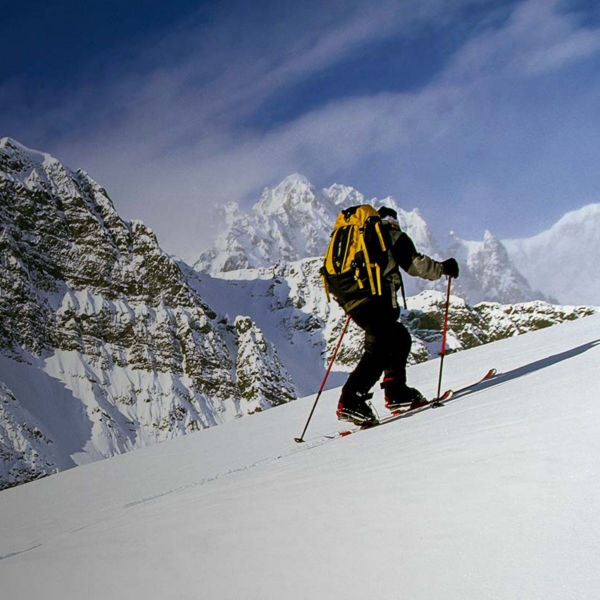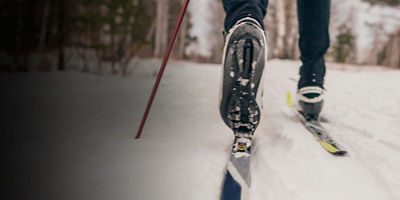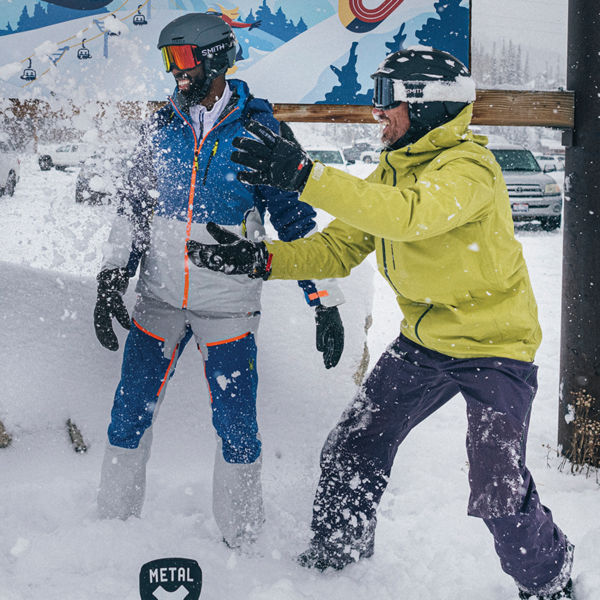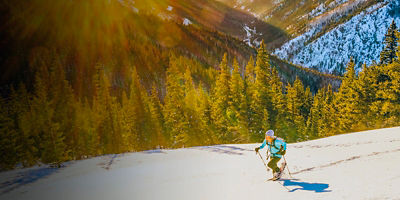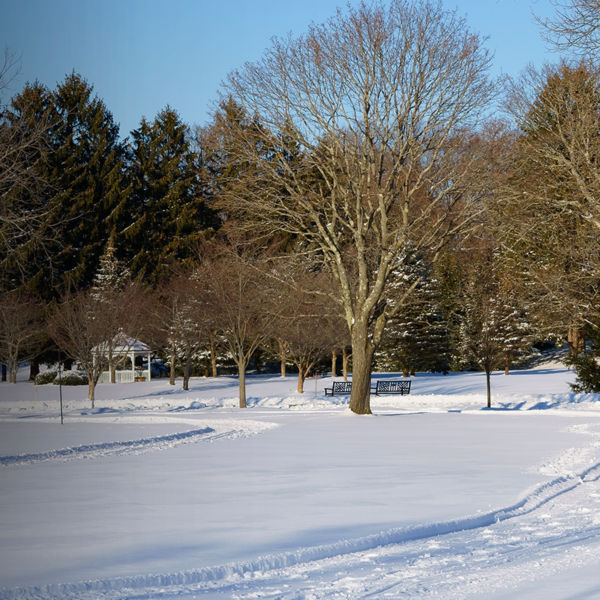
Ski socks are a small but essential piece of ski gear. By keeping your feet dry, warm, and comfortable, socks help you get the most performance out of your boots and skis. There are a wide range of ski sock options, including pairs made with natural and synthetic fibers, different levels of compression, and varying amounts of cushioning. While the best way to find a great pair of ski socks is to try them on with your equipment, this guide will help you narrow down which style, materials, and fit will work for you.
In this guide, you'll learn:
- The style and design of ski socks
- The materials used in ski socks
- How to determine proper fit and sizing
Style and Design
Ski socks come in many different varieties; these are the main types to know.
Lightweight
Most ski boot fitters will recommend a lightweight ski sock, which is less likely to interfere with the fit of a heat-molded boot. Thin socks should fit snugly and offer some compression without cutting off circulation.
Light to Medium Cushion
Ski socks with some cushioning in the heels and toes will add extra comfort, and shin padding can help protect the front of the leg where you lean into the boot. If the socks are too thick, however, they might impede the fit of your boot.
Heavy Cushioning
Thicker winter socks are generally not recommended for skiing. While thick socks might feel warm and cozy your feet, they don't fit as well in the boot. In addition, they can actually be too warm, which will cause your foot to sweat and make for an uncomfortable day on the mountain.
Heated Ski Socks
These technical socks have a battery-powered heating element integrated into the fabric to keep your feet warm in very cold conditions.
Women's Ski Socks
Women's ski socks are generally shorter in the calf and have a narrower fit and more arch support to match the shape of women’s feet and legs.






